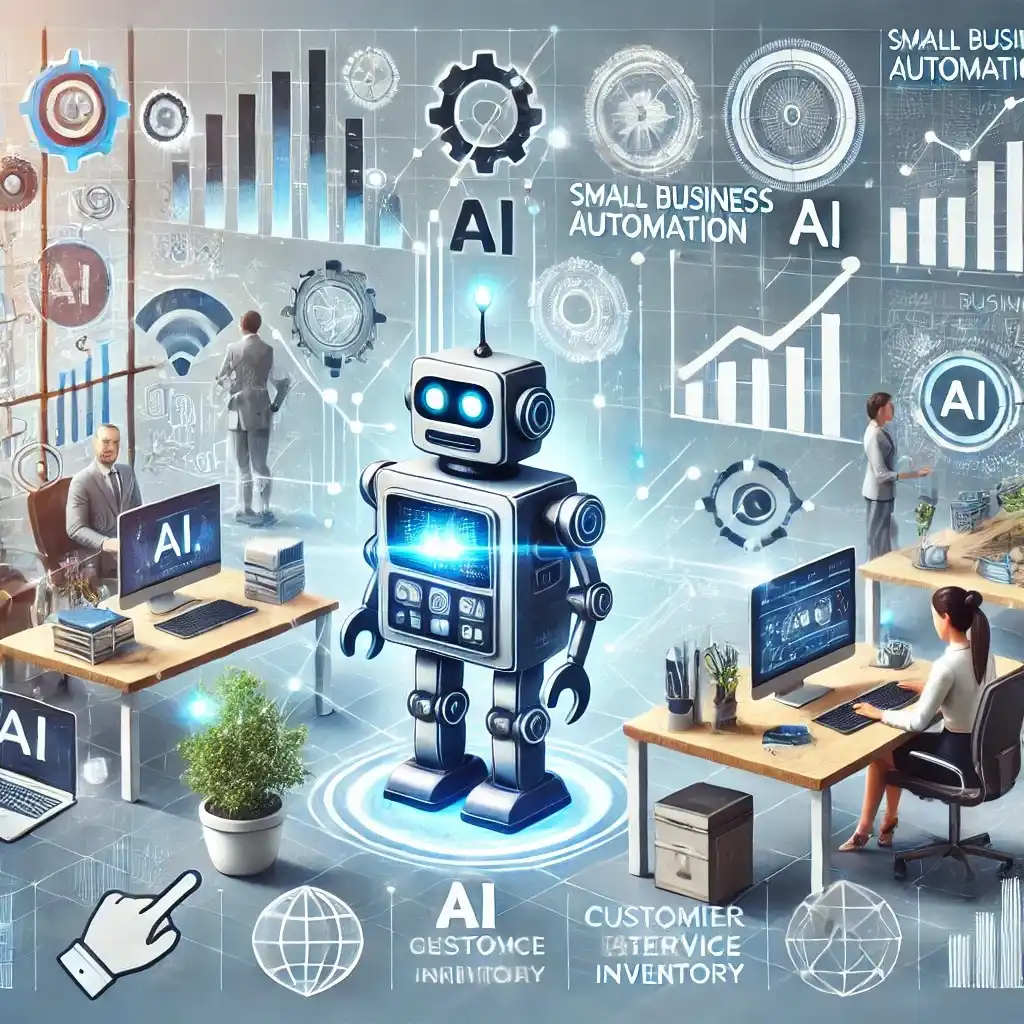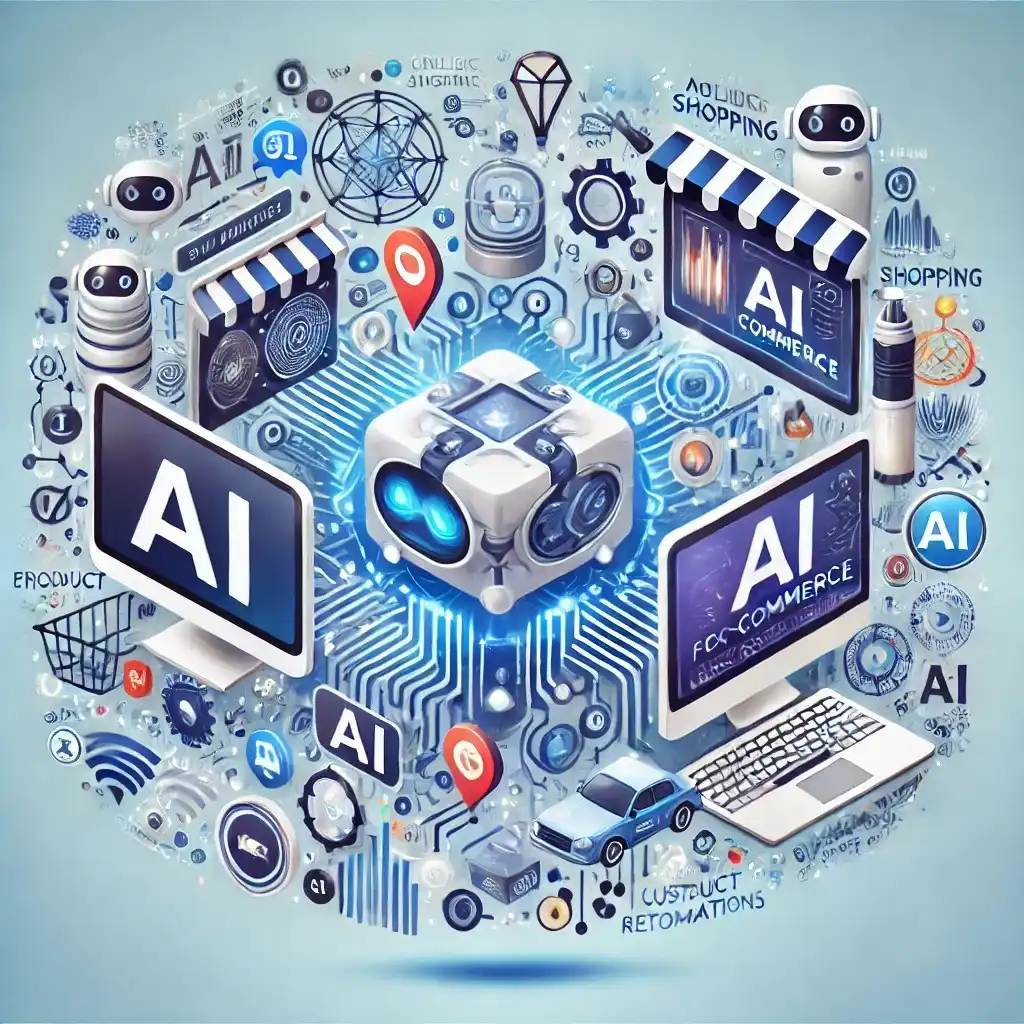As we enter 2024, artificial intelligence continues to evolve at a breakneck pace, pushing the boundaries of what machines can accomplish and transforming industries globally. This year has seen groundbreaking advancements, particularly in areas like generative AI, ethical AI frameworks, improved natural language understanding, multimodal AI, and the growth of AI-powered tools in various fields. Let’s explore the latest trends shaping the future of AI in 2024.
1. Generative AI 2.0: Beyond Text and Images
Generative AI, which gained massive attention with tools like ChatGPT, Midjourney, and DALL-E, is entering a new phase in 2024. This year, generative AI is expanding beyond the realms of text and image generation, diving into video and 3D model creation with impressive results. The second generation of generative models, known as Generative AI 2.0, is now capable of producing high-fidelity video, advanced animations, and complex 3D environments at a level previously thought impossible.
- Enhanced Creativity and Collaboration: Creators now have tools that let them design video games, movies, and virtual experiences more effectively. Companies are leveraging generative AI to streamline creative processes and integrate with AR/VR technologies, making virtual environments more immersive and lifelike than ever.
- Greater Interactivity and Control: Users now have more control over generative outputs, which allows them to tailor AI creations to exact specifications. This has opened new doors in personalized content creation, from individualized educational content to hyper-specific marketing campaigns.
2. Advancements in Natural Language Understanding and Multilingual AI
AI’s understanding of human language has been one of the most transformative achievements over recent years. However, 2024 is seeing rapid improvements in natural language understanding (NLU) and multilingual capabilities. The latest language models are more adept at understanding nuanced contexts, making AI even more valuable in applications like customer service, legal analysis, and education.
- Polylingual Mastery: Many models now support simultaneous language processing, allowing for fluid multilingual communication. This advancement is empowering global teams, making AI a true bridge for cross-cultural and cross-lingual communication.
- Real-Time Translation and Interpretation: With advancements in natural language processing, AI is becoming increasingly capable of real-time translation with high accuracy. This makes a significant impact on international business, where quick, accurate translation is key to operations.
3. Ethical AI and Responsible AI Frameworks
The growth of AI has brought about many concerns regarding data privacy, algorithmic bias, and overall ethics in AI deployment. In 2024, there’s a strong focus on creating ethical AI frameworks to guide responsible AI usage and development. Companies and governments are collaborating to build transparent, fair, and secure AI systems that mitigate the risks associated with AI technology.
- Governance and Regulatory Approaches: Governments are implementing policies to guide the ethical use of AI, with a heavy focus on data privacy and bias reduction. In the European Union, for instance, the AI Act has introduced specific guidelines that companies must follow, impacting how AI systems are trained and deployed.
- Transparent AI Models: More companies are adopting interpretable AI models, which allow developers and users to understand how AI reaches certain decisions. This transparency is vital in industries like finance, healthcare, and law, where understanding the “why” behind an AI’s decisions is critical for trust and reliability.
4. The Rise of Multimodal AI Models
In 2024, multimodal AI is emerging as a revolutionary step forward, integrating different forms of data — text, image, video, and audio — into a single model that can understand and generate across these mediums. Multimodal models are particularly advantageous in enhancing human-AI interactions and improving automated systems in industries like healthcare, education, and customer service.
- Multimodal Assistants: AI is moving beyond single-task performance, enabling virtual assistants to process visual, auditory, and textual information simultaneously. This enhances the assistant’s ability to understand complex requests, making it an ideal tool for professionals across different industries.
- Enhanced Sensory Understanding in Robotics: Robotics has gained new dimensions as multimodal AI allows robots to interpret their environments with greater precision and adaptivity. For instance, in healthcare, robots can now process visual data (e.g., X-rays) along with text data (e.g., patient history) to offer a more comprehensive analysis.
5. AI in Autonomous Systems and Robotics
Autonomous systems have come a long way, and in 2024, they are more advanced and adaptive than ever. AI-driven autonomous vehicles, drones, and delivery robots are making strides towards widespread adoption. The emphasis is on achieving full autonomy and improved decision-making to ensure safety and efficiency in real-world applications.
- Autonomous Vehicles: While self-driving technology has been around for years, 2024 has seen improvements in terms of navigation, traffic management, and safety. Machine learning models in autonomous vehicles now account for environmental unpredictability more accurately, making driverless cars a safer and more reliable mode of transport.
- AI-Enabled Robotics in Warehousing and Logistics: Robotics has become crucial in warehousing and logistics, where AI-powered robots assist in tasks like inventory management and order fulfillment. These robots are now equipped with better sensors and can operate in complex, dynamic environments, helping companies cut costs and increase productivity.
6. AI in Healthcare: Precision Medicine and Diagnosis
AI’s role in healthcare continues to expand in 2024, especially in precision medicine and diagnostic AI. By analyzing vast amounts of patient data, AI is helping doctors predict, diagnose, and treat diseases more effectively and earlier than ever before.
- Genomic Analysis for Personalized Treatment: AI can now process large sets of genomic data, identifying patterns that indicate susceptibility to certain diseases. This enables healthcare professionals to tailor treatments specific to an individual’s genetic makeup, advancing the concept of precision medicine.
- Real-Time Diagnostic Tools: From wearable devices that monitor patient vitals to imaging tools that detect disease in its earliest stages, AI-driven diagnostic tools are transforming healthcare. This shift allows for earlier intervention and improved patient outcomes, particularly in critical fields like oncology and cardiology.
7. Quantum AI: Combining Quantum Computing and Machine Learning
Quantum computing is another area that has seen incredible progress. Although still in its early stages, Quantum AI is beginning to demonstrate how quantum computing can accelerate machine learning algorithms, solving complex problems faster than traditional computers.
- Breakthroughs in Drug Discovery and Materials Science: Quantum AI is enabling researchers to simulate molecular structures, paving the way for rapid drug discovery and material science advancements. By combining quantum mechanics with AI algorithms, scientists can discover and develop new compounds more efficiently.
- Enhanced Cryptography and Data Security: Quantum AI holds the potential to revolutionize cryptography by creating virtually unbreakable encryption methods, which are essential for protecting sensitive information in a digital world.
Looking Ahead: The Future of AI in 2024 and Beyond
The advancements in artificial intelligence in 2024 showcase the potential of this technology to reshape our lives in profound ways. From creating content to diagnosing diseases and automating tasks, AI is becoming increasingly integral to the modern world. However, with these advancements come challenges in ethics, transparency, and governance.
As AI continues to evolve, society must balance innovation with responsibility, ensuring that AI serves humanity positively and inclusively. Looking to the future, it’s clear that the journey of AI is far from over. The developments we see now lay the groundwork for even greater innovations that will define technology and society in the years to come.
This exciting era of artificial intelligence in 2024 illustrates a transformative period in technology, promising a future where AI’s capabilities continue to expand and benefit multiple industries, while also challenging us to develop responsible practices to guide AI’s growth and integration into our world.

